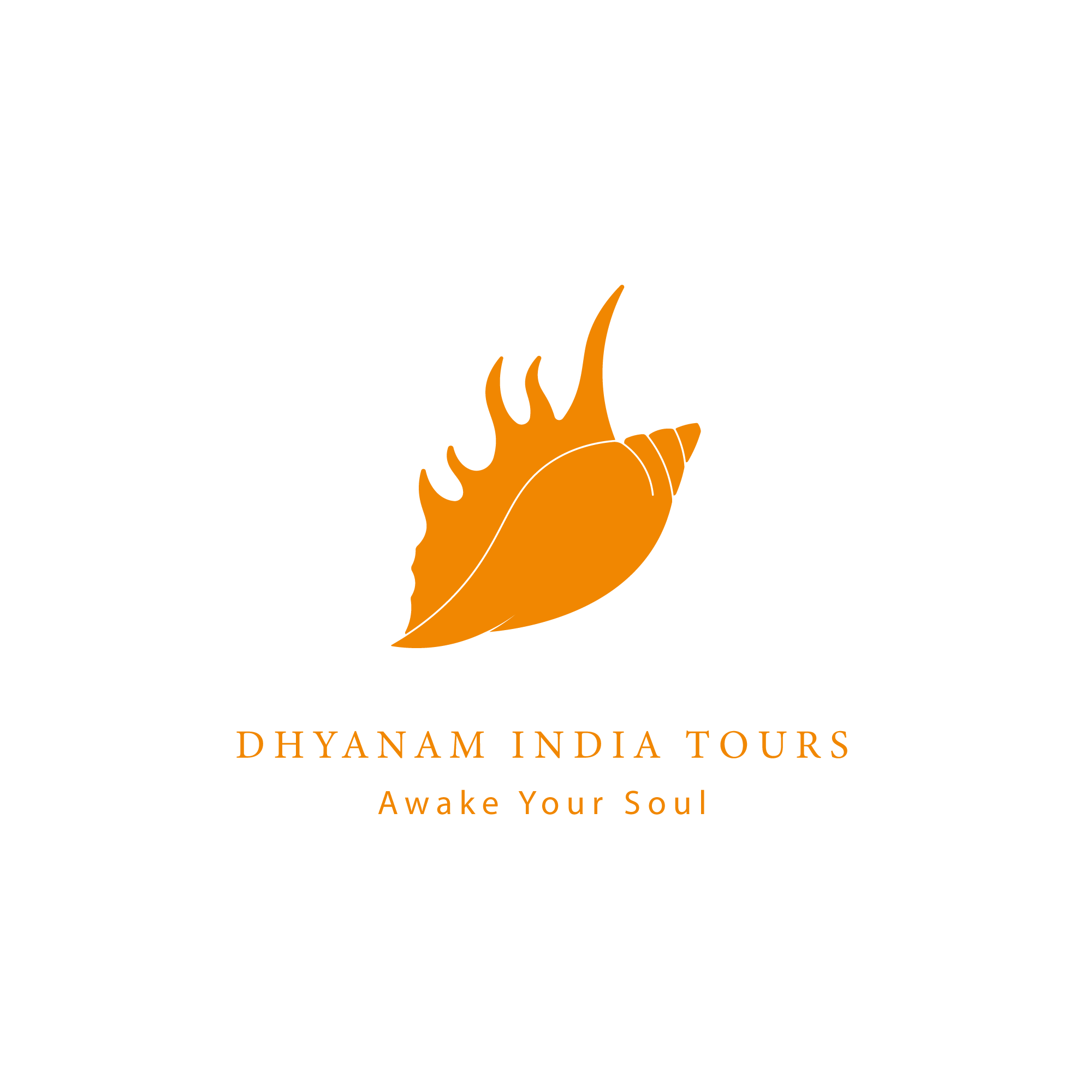Dhyanam India Tours FAQs
The finest period to visit India depends on where you desire to go and what you desire to do as India has a diverse geographical region. The southern zones are the good destinations in the winter months (November to March), as temperatures are mild and game viewing in the national parks will be the best options. Comparatively winter temperatures in the north may become harsh, but this is an excellent time for bird watching, as the migrant species arrive in this period. Summer weather (April to June) in the south is mild and this is the perfect time for beach holiday or cultural tours in this region. Whereas in the north region, summers are an excellent time to visit the Himalayas. Although the temperature will be high, summer is considered a good time for game viewing.
India is as secure as any other foreign location you visit for the first time. Indians are very hospitable and helpful people. Moreover, we will be there to take care of you in every step of your way and to instruct certain basic precautions. Like it is a very good idea to lock away your spare currency, traveler’s cheques, passports and precious jewellery in the hotel safe. Moreover, be aware while walking around alone at late night, particularly in the deserted areas or small towns because everything closes early. If possible, avoid travelling late night and never leave your luggage unattended at the airport or train station.
Everyone except nationals of Bhutan, Maldives and Nepal needs a visa to visit India. This must be obtained before arrival and we recommend that you contact your local Indian embassy or consulate when planning your trip.
In brief a customized itinerary is an itinerary prepared according to your personal needs. After all, you would have requested this to us as part of the process of customization. Your specific interest, preferences and needs are weighted with our knowledge of logistics and highlights of the area.
In the hot Indian summers we recommend light cotton tops, shorts and trousers. If you are travelling to any of India’s national parks, remember to pack some long-sleeved cotton tops for game drives. In the cold winter months, temperature may drop drastically, therefore warm clothing would be essential. As Indian landscape is diverse we advise to include the clothes by taking care of the weather and temperature of the area on the particular season. Besides, when visiting religious monuments and shrines you may need to dress formally, so both men and women should pack some long skirts and pants.
You may need to take malaria prophylactics or have some other vaccines like polio, typhoid, and so on before you travel. But before you plan something we strongly recommend that first you visit your doctor at least four weeks before the date of the departure.For up-to-date information regarding vaccination and medical precaution should be performed before hiting the Indian street Please go through this link
With its many diverse landscapes and attractions, India is an admirable destination for the family traveler. Some of the good options are beach holidays and wildlife adventures in the national parks, while many monuments have sight and light shows that will capture children’s imagination. For teenagers, the many outdoor activities, such as camel safari and trekking, are an illustrative card. Without the second thinking, the big challenge for families travelling in this country might be the distances that need to be covered between cities. Air travel and railway journeys are usually the most comfortable forms of traveling, and are strongly recommended to those with the young children.
Indian cuisine has several variations, with each region famous for its own techniques, ingredients and spices. In northern regions, meat dishes are very popular, which are usually made with chicken, mutton or lamb whereas in southern part vegetarian cuisine is most favored. In addition, seafood is also readily available, particularly at the coast. While Indian cuisine tends to be spicy, most restaurants will gladly prepare a milder variation of the meals on the request of their customer. Almost all restaurants offer the western dishes in most towns and cities and large centres such as Delhi and Mumbai serve a wide selection of cuisine from Indian to Mediterranean and Chinese to even Mexican.
It’s best to avoid drinking the tap water. Bottled water is easily available, but it’s a good idea to check that the seal on the bottle is undamaged or not before you purchase it. In every area for the tourists packed bottled water is recommended. Though, local brands are also available but it's recommended to use the some popular and major brands like Bisleri, Aqua 100 and Kinley to save you from the unwelcomed problem.
Remember to dress on a little more conservatively while planning to visit religious sites. Also, you may need to take off your shoes or remove all the leather items while entering any temples and monasteries. But you need not to worry as our guide will alert you when such situation arises. Moreover, confirm that photography is allowed or not before taking any snaps. Keep in mind that some sites might not admit women or might be reserved for followers of that faith.
We hope above information are good enough for you while planning to visit India. If you need more detailed information, please feel free to contact us. Our mailing address is: info@dhyanamindiatours.com
